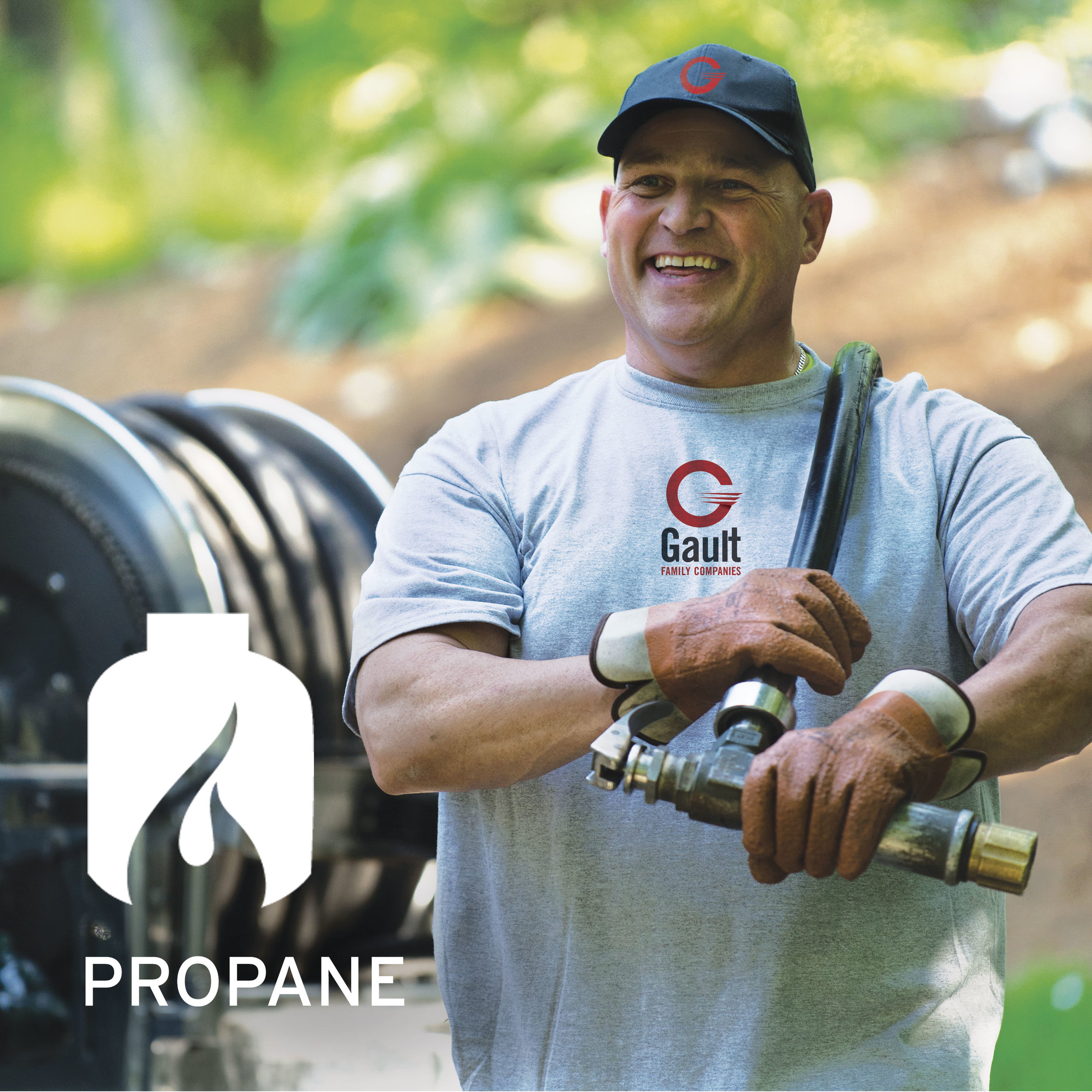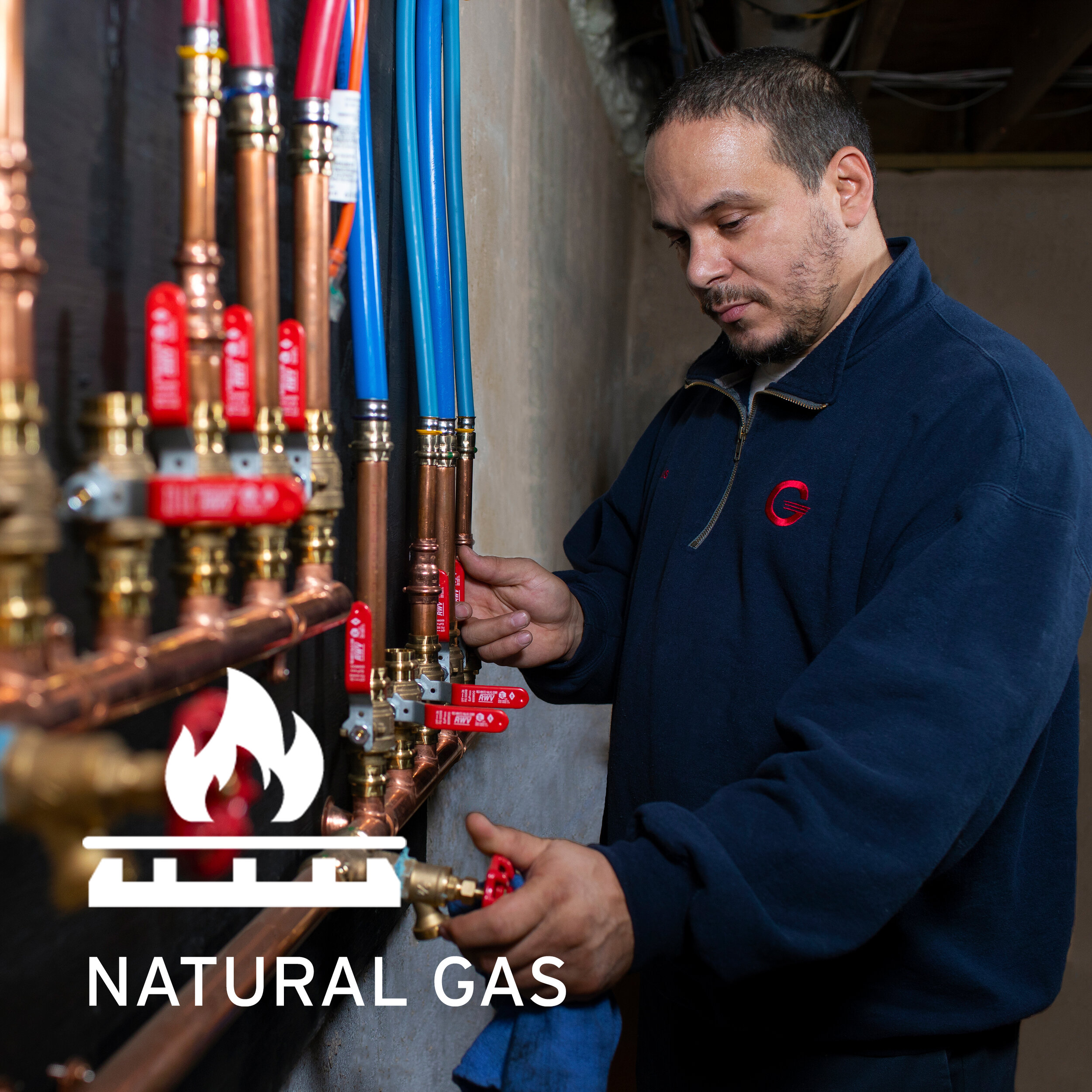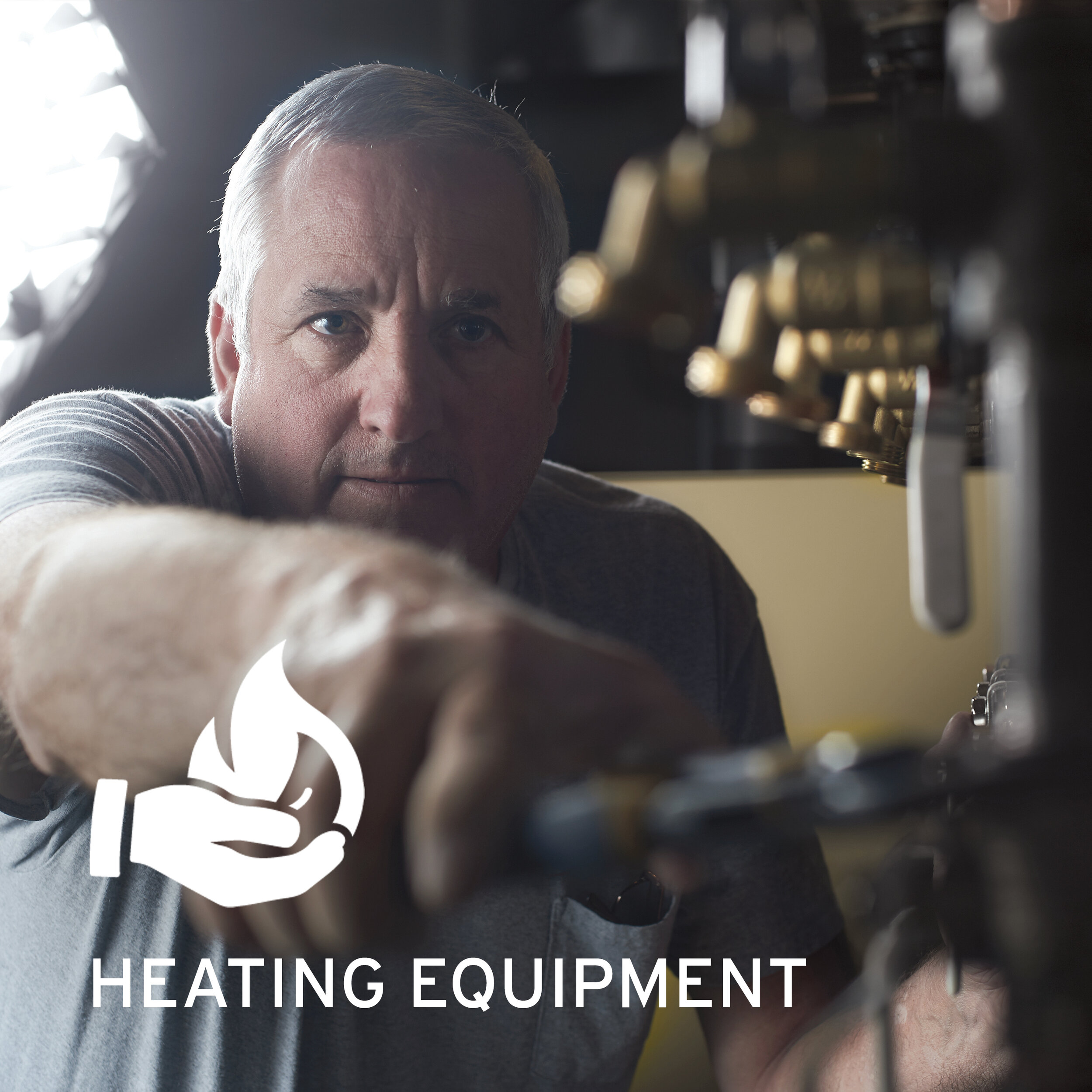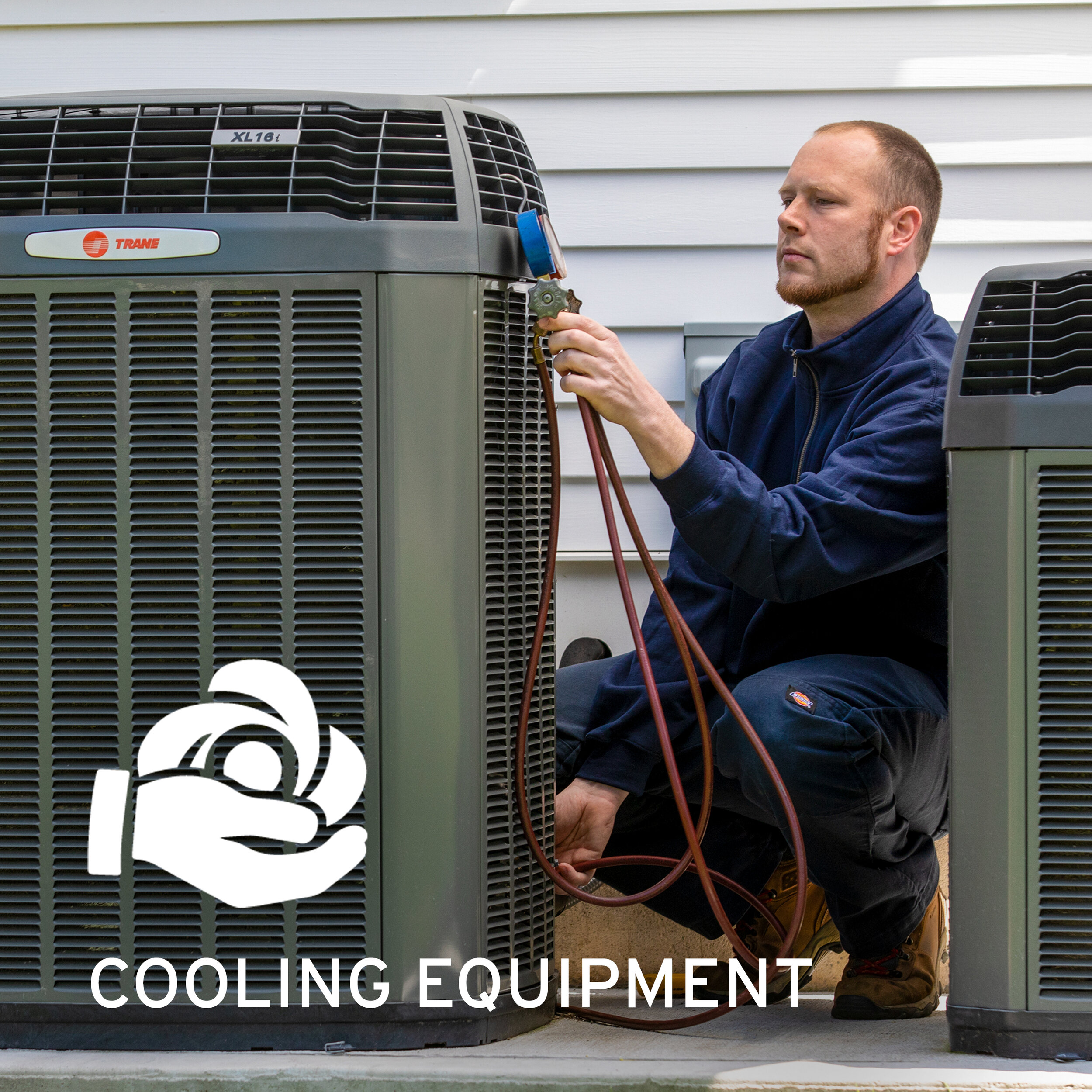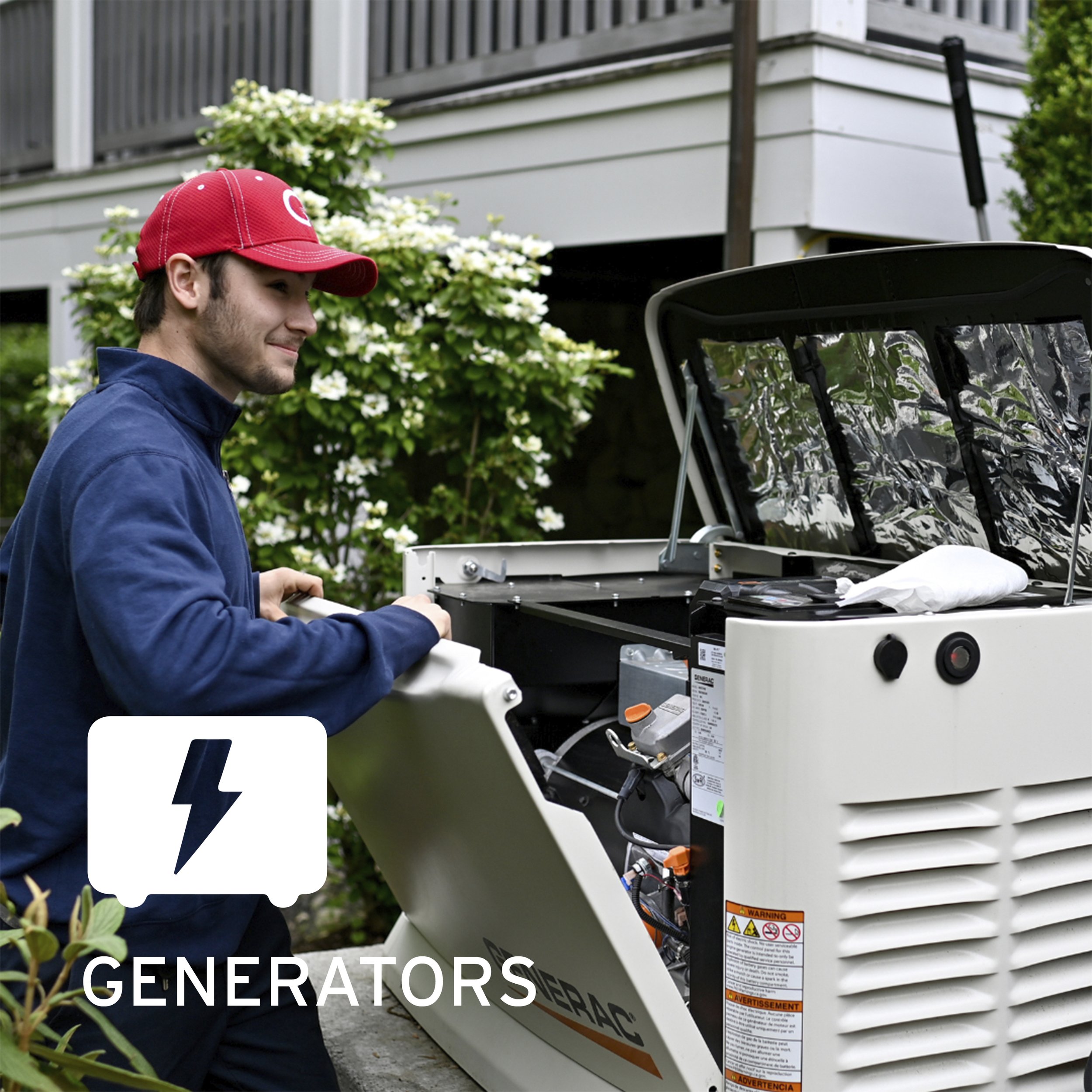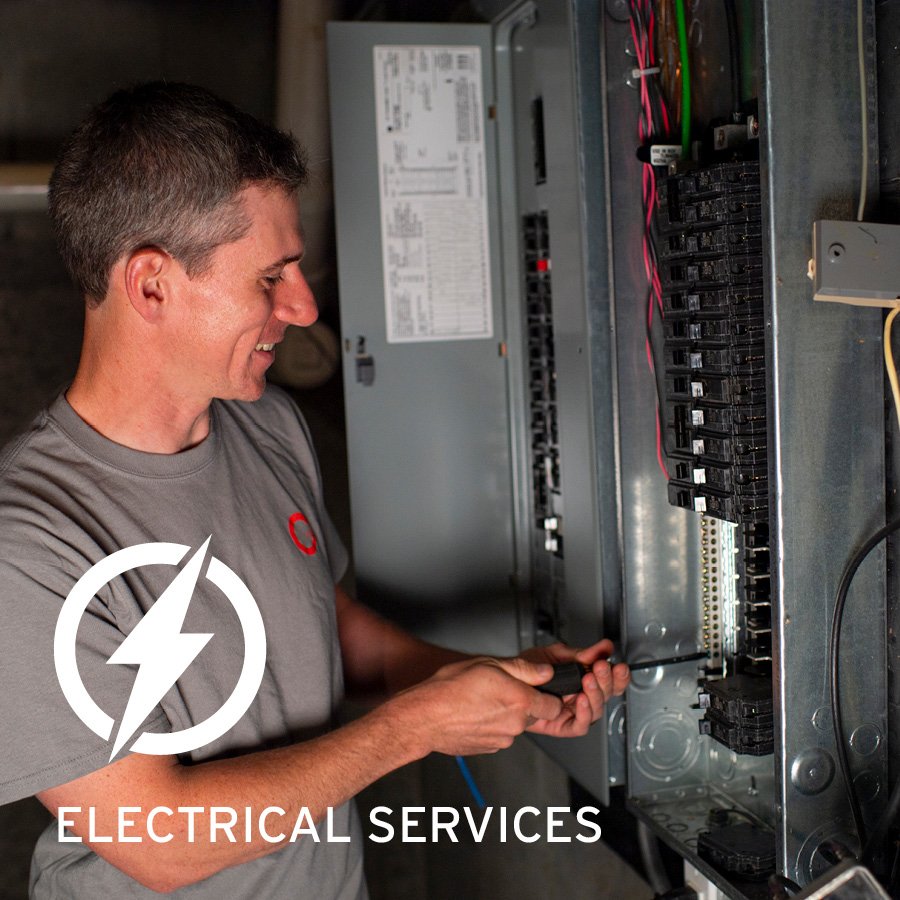Energy solutions you can trust & a team you can count on.
At Gault Energy & Home Solutions, we understand that moving into a new home is both exciting and a bit scary at the same time. Our Customer Care team, Comfort Specialists, and Technicians regularly provide insight and field questions from new homeowners about what to expect. Below we’ve compiled information on the most common themes we’ve heard over the years to help make the transition into your new home even smoother.
learn all about your home’s:
Energy Source:
-
As a clean-burning fuel, propane is known for its low carbon emissions and minimal impact on the environment. In homes equipped with propane heating systems, a tank containing liquefied gas is stored outside at the property. Its versatility allows homeowners to use propane for various purposes beyond heating, such as cooking, water heaters, and even to power generators during power outages.
-
Natural gas is a widely used and efficient heating source in Connecticut homes. It is a clean-burning fossil fuel, producing fewer emissions compared to other conventional sources, making it an environmentally friendly choice. In residential setups, natural gas is delivered through a network of underground pipelines directly to homes. Similar to propane, homeowners can use natural gas for cooking, water heating, and generators.
-
Bioheat is a renewable and environmentally friendly heating source that offers a sustainable alternative to traditional fossil fuels. It is a blend of biodiesel and conventional heating oil, with the biodiesel component coming from previously unused byproducts from plants and animal fats. Homes currently using heating oil receive bioheat in various blends depending on the heating oil delivery company and bioheat home have the added benefit of reduced greenhouse gas emissions and decreased dependence on non-renewable resources. The oil is stored indoors or outdoors in a tank until needed to generate warmth.
-
Electric energy is a vital part of your home, powering appliances and systems. Electricity is generated from a power grid with wiring and outlets distributing it throughout the house. Homeowners rely on electric energy for lighting, heating, cooling, cooking, and powering electronic devices. Understanding the basics of your home's electrical system, such as circuit breakers, outlets, and switches is crucial for safety and efficient energy use. Periodically check for electrical issues like frayed wires or malfunctioning outlets and stay mindful of energy conservation practices such as turning off lights and unplugging devices when not in use. Additionally, exploring energy-efficient appliances and light bulbs can help reduce electricity consumption and lower utility bills.
-
Solar energy is a popular sustainable option to offset electricity costs from the utility company. Solar panels, typically mounted on the roof, capture sunlight to convert it into electricity. This clean energy source not only reduces dependence on traditional utility grids but also contributes to lower electricity bills. Incentives, tax credits, and rebates for installing solar panels make it a financially appealing option. Additionally, excess energy generated during sunny days can be stored or fed back into the grid, providing homeowners with potential savings or credits. While the initial investment in solar panels may seem significant, the long-term benefits in terms of energy savings and environmental impact make solar energy an attractive choice.
Heating System:
-
Furnaces use warm air or ‘forced air’ that is blown through ductwork and vents to heat your home. Inside your gas or oil powered furnace, the fuel is mixed with air to ignite in the combustion chamber that then heats up the heat exchanger. The exchanger transfers this heat to the air to be circulated through the air handler and distributed throughout the home.
-
A boiler heats water to transform it into steam that then circulates through radiators or radiant piping in your home. The steam travels in a closed loop, eventually condensing back into water, which is then reheated to continue the cycle. This process efficiently distributes heat throughout your living space.
-
Heat pumps can be used to both heat and cool your home thanks to its indoor and outdoor units. In the summer, a heat pump functions the same way as an air conditioner; it takes heat from inside the house and deposits it outside - leaving the inside cool. In the winter, it is reversed so that instead of depositing the hot air outside, it pushes it inside to heat your home. The air is then distributed either directly into the room or through ducts, depending on the system. Back up heat for winter is necessary with a heat pump system but they work well for supplemental heat in the shoulder months.
-
Hydronic heating is a highly efficient and comfortable way to warm your home. This system utilizes water as a heat transfer medium, circulating it through a network of pipes installed in the floors, walls, or radiators. The process begins with a boiler, which heats the water to the desired temperature. The hot water then flows through the closed-loop system, transferring heat to various zones within your home. The radiators, baseboard heaters, or in-floor pipes emit radiant heat, providing consistent warmth without the noise and drafts associated with forced-air systems. Hydronic heating offers precise control over individual zones, allowing homeowners to customize temperatures for specific rooms. Additionally, the system's gradual heat distribution results in increased energy efficiency, making it an eco-friendly and cost-effective choice for maintaining a cozy and inviting home environment.
-
Baseboard heating is a common and effective method of keeping homes warm. This heating system relies on convection to distribute warmth throughout a room. A series of electric or hydronic (hot water) baseboard heaters are installed along the perimeter of a room, typically beneath windows where cold air tends to enter. When the system is activated, the heating elements warm up, creating a convective current. Cold air near the windows is drawn in, heated by the baseboards, and then rises, creating a continuous circulation of warm air. This method ensures a comfortable and even distribution of heat, making baseboard heating an efficient and unobtrusive solution for maintaining a cozy home environment. Regular maintenance and proper insulation can enhance the system's performance and energy efficiency, contributing to a comfortable and energy-conscious home.
Cooling System:
-
Central air conditioning systems include an outdoor unit and an indoor unit, both connected by a series of ducts. The outside condenser unit(s) takes heat from inside the home, transfers it through a refrigerant and deposits it outside, leaving the inside cool. The air handler(s), located inside the home, is what circulates the cool air through your home. The air handler also houses your air filter. The now cool air is then distributed throughout the building via ducts and vents.
-
A ductless cooling system operates on the same principles as a central AC but without the need for ductwork. It consists of an outdoor unit and one or more indoor air-handling units. Ductless cooling systems offer individual temperature control for different zones, making them energy-efficient and versatile cooling solutions for homes and buildings without ductwork. They are commonly used in older or antique homes that typically do not have the space to install ductwork or added to spaces not included in the original central AC ductwork, such as a bonus room, studios, cottages and barns, garages, finished attics and basements.
-
Heat pumps in cooling mode will move heat from inside your home and pump it outdoors. Instead of generating cool air, it moves air from one place to another to direct cool and hot air as appropriate. Pricing on heat pumps can run higher than more traditional heating/cooling systems, especially the higher efficiency units. And, if your home doesn’t have the electrical amperage required for a heat pump system, electrical upgrades can be an added cost.
Thermostats:
-
Utilizing a programmable thermostat empowers you to predefine your home's temperature for specific days and times throughout the week. For instance, if your family is away at work and school from Monday to Friday, a programmable thermostat can be set to automatically adjust the temperature, preventing your heating and cooling system from running unnecessarily when nobody is home.
-
In comparison, a smart thermostat offers a level of intuitiveness in regulating your home's heating and cooling. By learning from your temperature adjustments, these intelligent devices proactively apply similar changes autonomously. These thermostats can be conveniently adjusted and programmed through a dedicated app and internet connection. Additionally smart thermostats can assist in accurately tracking and managing your home's energy consumption data so you to monitor and assess your HVAC system's efficiency.
Indoor Air Quality (IAQ):
Indoor Air Quality (IAQ) looks at the quality of the air within and around your home related to pollutants and their corresponding health concerns. Learn more about IAQ products here.
-
Indoor Air Quality (IAQ) looks at the quality of the air within and around your home related to pollutants and their corresponding health concerns like viruses, headaches, asthma, allergies, heart disease and cancer. Some common indoor pollutants might be from pesticides, radon, excess moisture and building materials.
-
Even a single exposure to a pollutant can affect your health. Improving your IAQ not only helps you combat health concerns like viruses, but it can also remove lingering smells inside your home, reduce allergy and respiratory related flare-ups, encourage better sleep and help lower your energy costs.
-
If your home has existing ductwork, having a whole-home IAQ system is more effective and cost efficient over time than managing a series of standalone units. Many standalone air purifiers reflect the trends in IAQ as opposed to the full scope of a home’s air quality needs.
Generator:
Automatic standby generators have become increasingly common in Connecticut to counter hurricane or winter storm power outages. Learn more here.
features of a standby generator:
-
Permanently installed at your home, an automatic standby generator will automatically restore power to your home in seconds – whether you’re home or away.
-
Units can run on your existing natural gas or propane fuel supply. Propane can be installed alongside your generator if you don’t have natural gas or propane at your home.
-
Generators are connected directly to your home’s electrical panel to deliver high-quality power.
-
Automatic standby generators provide backup power to your entire home or just the most essential items like AC, security systems and large appliances - it’s your choice.
Tips & Troubleshooting from the Gault Experts:
IT’S TIME TO JOIN OUR FAMILY!
Join us today & enjoy special savings!
BECOME A CUSTOMER TODAY!
Call us at 203.293.6542 or fill out the form below to get in contact with one of our Customer Care Representatives.
Let Us Take Care Of Your Home
Our family-run company has been the energy partner of choice for homeowners throughout Fairfield County for more than 160 years. Learn more.
*Bioheat heating oil and propane customer must be automatic delivery/auto-pay. Offer will be given as a credit on account upon sign up.















